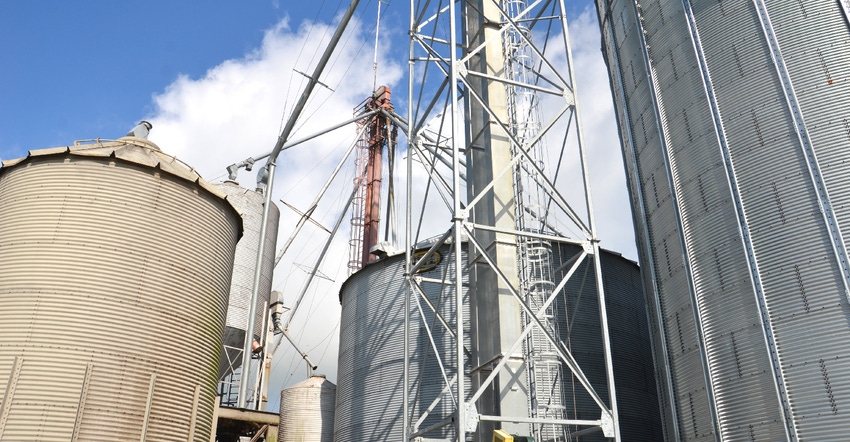
If you think you know all there is to know about practicing safety around grain bins, you don’t need to read any further. But odds are good there is one or more points on this 10-point checklist that you may not have thought about.
“Consider the rest as good reminders,” says Gary Woodruff, district sales manager and grain conditioning expert for GSI. “As grain bins reach commercial size on some farms, considerations for working safely around these installations change. But whatever the size of your bins, good standard operating practices still apply.”
Here is Woodruff’s list. See if your operation is up to par based on these 10 points:
1. Physical elements. Safety has two general areas of concern in a grain system. The first is the condition and shielding of mechanical, electrical and safety equipment to keep injuries from occurring.
2. Grain condition. Also paramount is proper management of the loading and storing of grain so there is never a need to enter a bin until it is empty and time for the final cleanup. Bin entrapments are nearly always associated with out-of-condition grain. Zero entry is difficult to attain, but it is very important to make every effort to make it happen.
3. Safe workspace. An area and equipment that are clean and well-policed make for a safer place to work, period!
4. Safety shields. Inspect all mechanical equipment to make sure all safety shields on motors and drives are in place and secured. Thinking you will replace a shield after making a repair later when you have more time doesn’t cut it. You’ll never have enough time. Do it immediately.
5. Covers and gates. Make sure all pit and below-ground service area entrance covers, ladder platform gates and swinging safety gates are in good condition and can be secured in place.
6. Gas train components. Inspect all gas train components for damage or leaks and replace immediately if any are found. Most gas pipe manufacturers and associations suggest replacing all flexible gas hoses periodically to make sure they are as safe as possible. This is usually listed as every 10 years.
7. Conduits and wiring. Inspect all electrical conduits and wiring for damage and breaks that would allow rodents or water to enter and cause damage.
8. Structural checkup. Inspect the bin for structural issues, particularly if the bin is over 20 years old. This includes ladder rungs and fasteners, as well as foundation fasteners used to attach the bin to the concrete foundation.
9. Foundation. Inspect the concrete for cracks or movement compared to its original position. Variation in concrete level or uneven subsidence of the pad can lead to failure of the bin.
10. No forgotten tools. As you build commercial-level systems on the farm, make sure no loose tools or parts are left on catwalks, and pay attention to ice and snow on bucket elevators and bins. These items can fall and kill someone on the ground. In any grain system, particularly when repairs are being done, hard hats can be your friend.
About the Author(s)
You May Also Like




